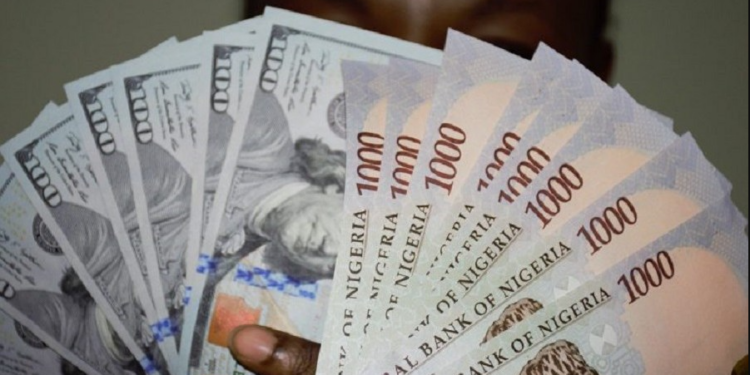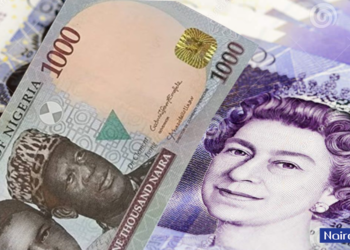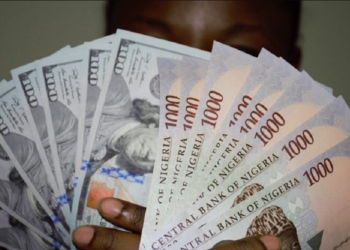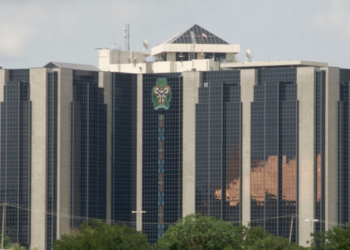The naira fell for a fifth day against the greenback despite the CBN’s assistance, hitting its lowest level since March amid high demand for U.S. dollars and heightened geopolitical uncertainty.
The NGN/USD is now trading at its lowest level since March amid increased bets on interest rate reductions, contributing to the dollar’s rise above predictions for a Trump presidency.
Data from FMDQ revealed the naira settled at N1,577/U.S. dollar at the official market on Monday. That is the lowest since March 15, dropping from N1,563.8 against the greenback on Friday.
The CBN has maintained a hawkish stance this year, raising interest rates to curb excessive inflation and maintain market stability.
However, headline inflation remains quite sticky and high. NBS data showed that Nigeria’s inflation is at a 28-year high. The nation’s headline inflation rate increased from 22.79 percent in June 2023 to an extraordinary 34.19 percent in June 2024, an increase of 11.4 percentage points year over year.
The fundamentals also show that corporates and pending overseas travel are adding pressure on the naira. The naira maintained a downward trajectory despite recent dollar sales totaling $122.7 million on July 10-11 to local currency dealers by the CBN, affirming such interventions were insufficient to balance local demand for haven currency.
The US dollar index started the week with some slight increases but is still trading near its April low of 104.00. The US economy’s disinflationary trends, which are boosting market expectations for a possible September rate decrease by the Federal Reserve (Fed), are mostly to blame for the USD’s softness. In London trading, the dollar index and dollar index futures both increased by 10 basis points, continuing their overnight recovery from three-month lows.
Assassination attempt on Trump boosted dollar’s fortune
After the president’s alleged assassination attempt this past weekend, which was thought to greatly boost his popularity, rumors that Trump would win a second term grew more intense.
A second term for Trump is projected to give the dollar an edge since it is believed that he will enact more trade protectionist policies that could result in higher inflation. Over an extended period, this kind of situation might sustain relatively higher interest rates.
However, the likelihood that the Federal Reserve will cut interest rates by at least 25 basis points in September climbed in response to some dovish signals from the Fed and weak inflation statistics, and the dollar nevertheless maintained its steep losses from the previous week. The dollar was unable to advance significantly because of this concept.
The U.S. dollar outlook
Tuesday’s focus was on the anticipated retail sales data, which could provide fresh indications of a possible slowdown in the US economy. The current CME FedWatch Tool rate cut probability for a 25-basis-point drop is approximately 86%, suggesting that a rate lowering in September is still very likely. The US 10-year benchmark rate is currently at its lowest level since April, at 4.20%.
The dollar index daily indicators, such as the Relative Strength Index (RSI) and Moving Average Convergence Divergence (MACD), are approaching the oversold threshold and are far below the 50 marks. Furthermore, the DXY index has lost the 200-day Simple Moving Average (SMA) support and is currently trading at its lowest point since April.















.gif)





